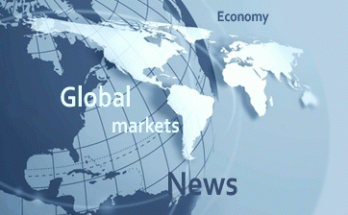Moral hazard, easy money, and cheap credit have never produced good results. History is littered with examples of financial disaster brought about by monetary manipulation originating in central banks and then spreading to other parts of the system. One would think that the 2007/8 credit crisis, whose effects have not quite withered away, would teach politicians, central bankers, corporations, and consumers something about the causes of credit crunches and meltdowns.
Think again. The world’s four largest central banks have pumped more than $9 trillion into the system since the last financial crisis and brought about a world of absurdly low and even negative interest rates. The incentives generated by these policies and their effects – moral hazard, easy money, cheap credit – will lead, at some point, to the bursting of new bubbles.
Which ones? It’s never easy to say, but the United States has seen an unhealthy growth of subprime credit, and credit in general, in three markets – credit cards, auto loans, and student loans. It would not be a surprise if one of these brought about the next credit crunch.
Big Debt
Total credit card debt has surpassed the $1 trillion mark for the first time since 2009, student loans now amount to a total of $1.4 trillion, and auto loans are not far off at $1.2 trillion – an amount that dwarfs the pre-financial crisis peak.
Over the past five years, U.S. corporations have issued more than $7 trillion of new debt, showing that the incentives created by these perversely low interest rates go beyond the markets mentioned before.
However, those consumer credit markets are the ones already signaling distress, so we better pay some attention. Capital One, a big lender to subprime borrowers (particularly through credit cards and auto loans), has had to write off a lot of debt lately – for a total of more than 5 percent of its outstanding loans, the level usually considered the threshold of very dangerous territory.

